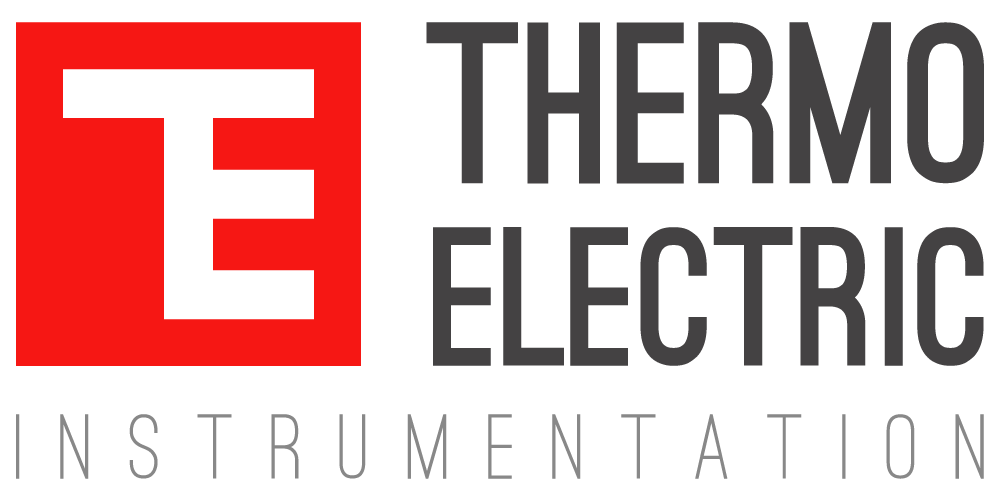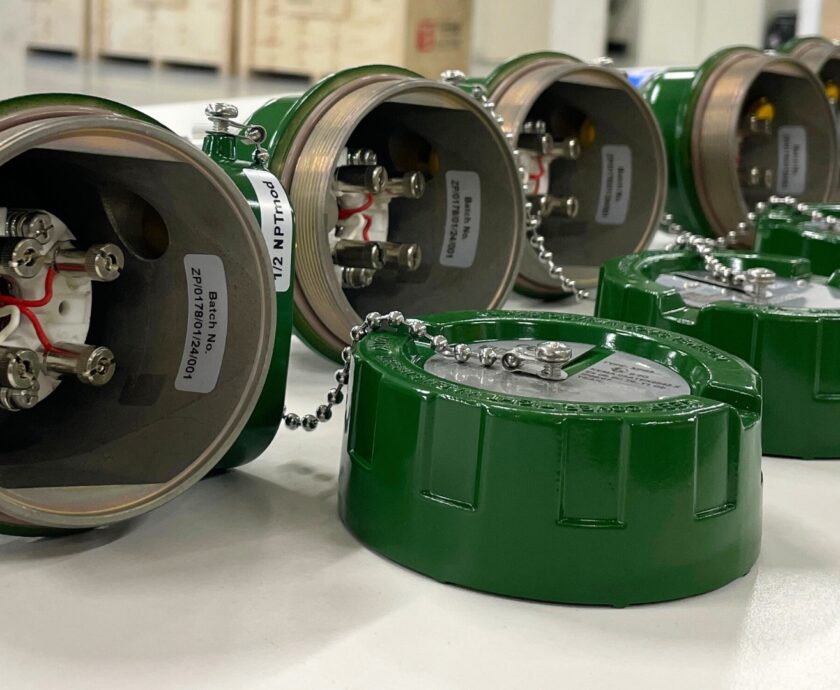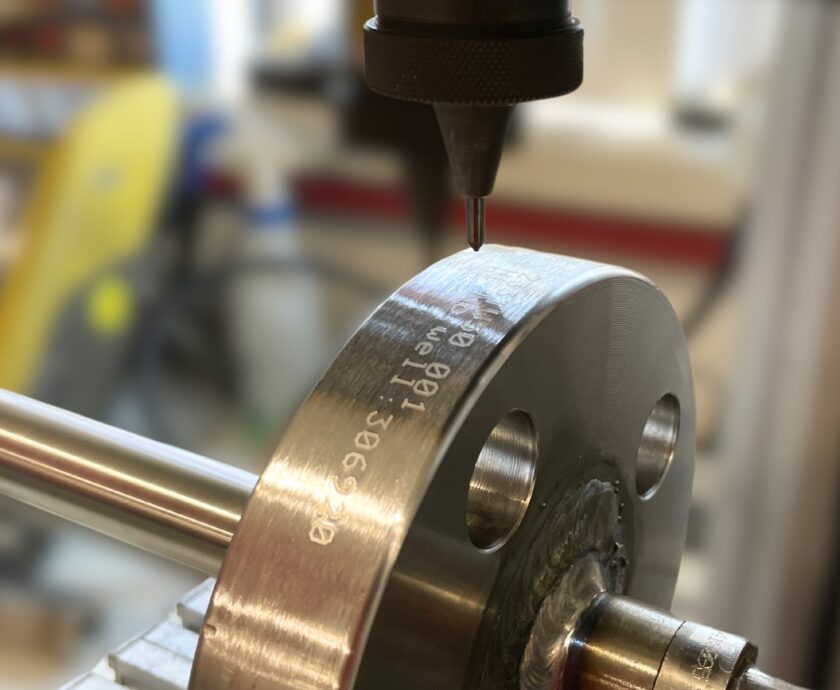Resistance Temperature Detectors (RTDs) are vital for accurate temperature measurement across various industrial settings. While standard RTDs suffice for many uses, certain industrial environments demand custom-designed RTDs to meet specific challenges. Bespoke RTD assemblies can significantly improve measurement accuracy, durability, and reliability, aligning with the unique needs of each application. This article discusses the advantages of custom RTD solutions, the process of designing and manufacturing these sensors, and examples of their applications across different industries.
The Benefits of Custom RTD Solutions
Custom RTDs offer several advantages over standard models, especially in demanding environments. Enhanced accuracy is a primary benefit, as custom RTDs are designed to meet precise calibration and temperature range requirements, ensuring reliable measurements. This precision is critical in processes where even minor temperature variations can impact product quality or safety.
Another key advantage is durability. Industrial environments often expose RTDs to extreme temperatures, corrosive materials, high pressure, and mechanical vibrations. Custom RTDs can be built with materials and designs that withstand such conditions, prolonging the sensor’s lifespan and reducing maintenance costs. For example, protective sheaths made of Inconel or Hastelloy provide excellent resistance to corrosion and high temperatures, while flexible leads minimize the impact of vibrations.
By tailoring the sensor to the application’s specific requirements, engineers can ensure consistent performance even under varying conditions. This reliability is essential for critical applications where sensor failure could lead to downtime, safety risks, or product loss. Additional features like dual-element designs for redundancy, spring-loaded assemblies for improved contact, and integrated transmitters for better signal integrity can also be incorporated.
The design and manufacturing of these sensors begins with an in-depth understanding of the application’s needs. This includes evaluating temperature ranges, environmental conditions, accuracy requirements, and any unique challenges.
Once requirements are identified, the next step is material selection. Choosing the right materials for the RTD element, leads, and protective sheath is critical for performance and durability. Platinum is often selected for the RTD element due to its stable resistance-temperature relationship, while high-temperature or corrosion-resistant alloys are used for the sheath and leads.
The design phase includes creating detailed specifications and engineering drawings, often involving custom fittings, connectors, and mounting hardware for seamless integration.
Each RTD assembly undergoes rigorous testing and calibration, including temperature cycling and stress testing, to ensure it can withstand field conditions.
Applications of RTD Solutions
RTDs are applied in a variety of industries, each with its own specific needs and challenges.
Oil and Gas Industry: RTDs built for this sector must endure extreme temperatures, pressures, and corrosive environments. Sensors with Inconel sheaths and flexible leads are ideal for high-temperature, high-vibration applications like downhole drilling and pipeline monitoring.
Chemical Processing: In chemical plants, custom RTDs are designed to resist corrosion from harsh substances. Materials like Hastelloy or Teflon-coated sheaths offer protection, and sensors are often calibrated for narrow temperature ranges to meet stringent control requirements. Safety features like explosion-proof housings enhance reliability in hazardous environments.
Power Generation: RTDs used in power generation must withstand high temperatures and pressures. Dual-element RTDs ensure redundancy, and spring-loaded assemblies improve contact and accuracy, which is essential for efficient and safe operation in nuclear and fossil fuel plants.
Wrapping up
If the application demands it, always opt for a custom solution rather than trying to make off-the-shelf products fit. Having the correct RTD can deliver significant benefits for specialized industrial applications, offering enhanced accuracy, durability, and reliability. By customizing the design and materials to address specific challenges, we can ensure consistent and precise temperature measurements, which are critical for process control, quality, and safety.




